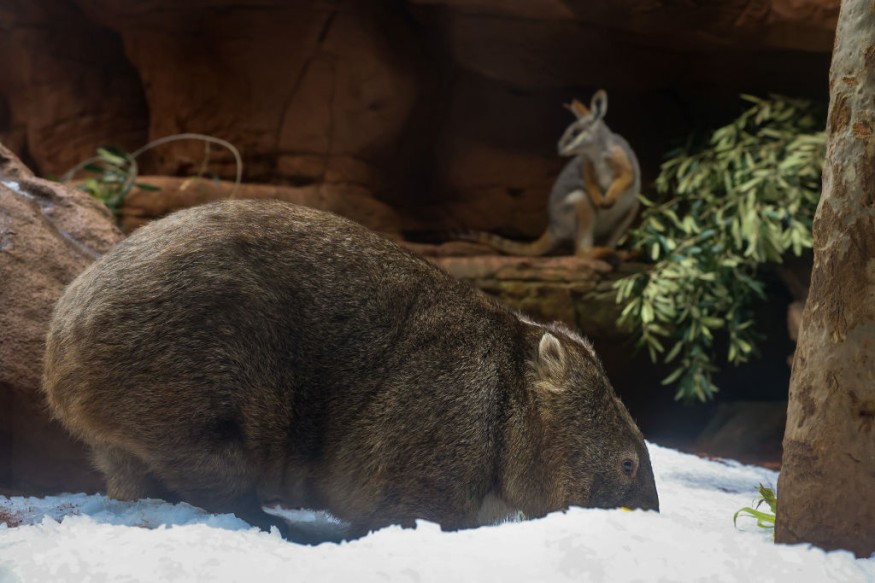The recent report studied the diet of rare and endangered Northern Hair-nosed wombat in Australia, addressing the pressing concern of endangered hairy-nosed wombat population decline.
The Northern hairy-nosed wombat (Lasiorhinus krefftii) is listed as critically endangered. They are recognizable by their short, muscular legs and claws, moving up to 40km per hour. They can weigh up to 30 kilograms.
Endangered Northern Hairy-Nosed Wombat in Australia

The said species has a small number in terms of the population. In Queensland, it is considered one of the most endangered mammals. The animal has suffered from the following threats:
- Prolonged drought conditions in Australia
- Habitat loss
- Diseases, including the toxoplasmosis
- Attacks from predators
- Wildfires and bushfires
In addition, the Northern hairy-nosed wombat in Australia lives in group burrows. Living underground, the wombats have nocturnal life. Before the arrival of buffel grass, they consumed mainly native grasses in Australia.
The protection and conservation efforts are essential to help the endangered Hairy-Nosed Wombat in Australia. As a result, researchers at Western Sydney University studied the diet of the endangered wombat population. The researcher employed DNA metabarcoding to process more samples faster than the significantly traditional histological studies.
According to the study in Ecology and Evolution, researchers discovered that the diet of Northern-nose wombats changed. They eat the invasive buffelgrass. The said grass is more dominant than the native grass. The change in diet can be attributed to the emergence of the Cenchrus ciliaris.
The study explained that the diet can shift depending on environmental and physiological factors. The said wombat ate a large portion of the Cenchrus ciliaris.The buffelgrass became the dominant diet because it can invasively create new habitats of Australian grass.
However, the researchers raised concerns about the risk of eating more buffelgrass instead of native Australian grass. The reports emphasized that buffelgrass can threaten the Hairy-Nosed Wombat. Buffelgrass can cause faster fires in Australia.
Recent reports also noted that the invasive plant species could cause widespread damage to native ecosystems. The grass is native to Asia, Africa and parts of the Middle East. Its seed can quickly disperse with animals or strong winds.
Also Read : Quokkas in Western Australia: Animals Developed Adaptive Behavior to Survive in Burned Areas
Quokka's adapting behavior in Western Australia
According to the International Journal of Wildland Fire, the Quokkas (Setonix brachyurus) in Western Australia developed fire exclusion zones to prevent exposure to burned areas and fires.
The behavior of quokkas can help save them from population decline, especially since their species is vulnerable to decline. The researchers tracked the movement of about 20 quokkas between 2018 to 2020.
Quokkas thrive in shrublands and streamsides. They create path trails to evade potential predators. Quokkas are active at night to hunt for possible prey.
As parts of Australia experienced raging wildfires, wildlife is at risk of fire threat and damage.
Related Article : Purple-Crowned Fairy-Wrens Survival Endangered Due to Wildfires in Northern Australia
For more similar stories, don't forget to follow Nature World News.
© 2025 NatureWorldNews.com All rights reserved. Do not reproduce without permission.





